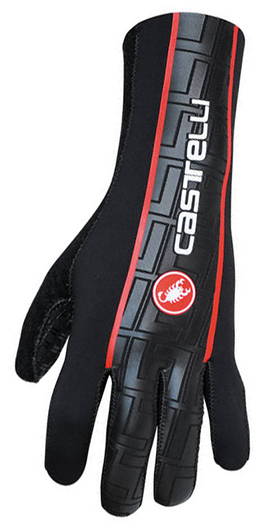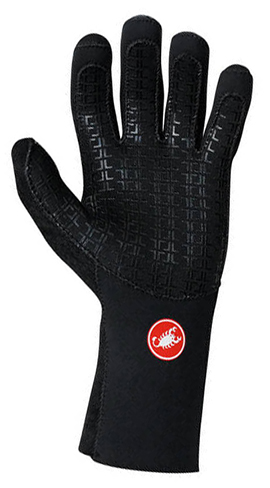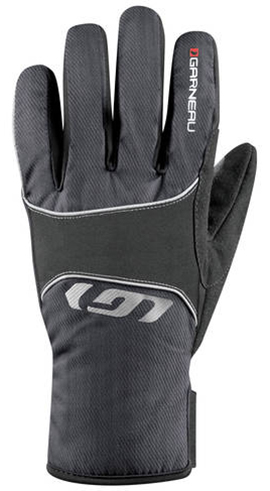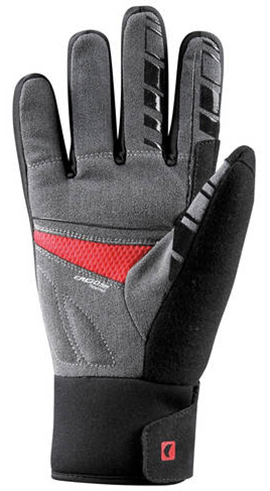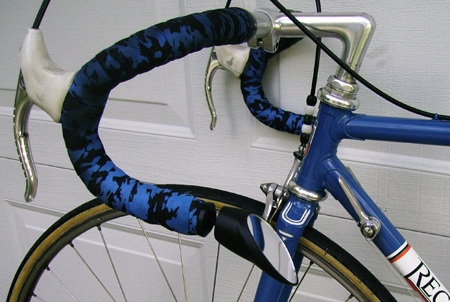Cycling Specific Prescription Sunglasses
 Mon, June 2, 2014
Mon, June 2, 2014 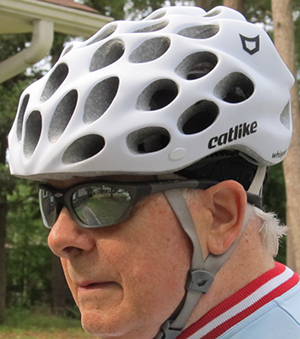 I have been wearing prescription glasses for 30 years now, and for whatever reason have never previously owned a pair of cycling specific prescription eye wear.
I have been wearing prescription glasses for 30 years now, and for whatever reason have never previously owned a pair of cycling specific prescription eye wear.
Having taken delivery just over a week ago, of a pair of Rudy Project Horus frames, (Picture Right.) with fully progressive bi-focal lenses, I am now wondering why on earth I didn’t do this sooner.
I can only put it down to ignorance, and never taking the time to research what was available. I have always made do with my regular prescription glasses with clip-on sunglasses. That seemed to be my only option when I went to my local eye wear provider.
Last month I discovered Sport RX, a company in San Diego who specialize in sport eyewear and sunglasses. It had never occurred to me that the wrap-around style of lens that cycling sunglasses have could be easily made up with prescription lenses just like any other glasses. So I ordered a pair.
I spoke on the phone with Rob Tavakoli who went over my options. They had a wide range of frames available including Oakley, Nike, and all the other popular models. I chose the Rudy Project Horus frames in Grey and Anthracite. I liked the shape of these made in Italy frames. They were available in other colors, but I felt the more conservative grey was more my style.
I explained to Rob that most of my riding in South Carolina was done in extremely bright sunlight. He suggested what he called their “Win, win” lenses. So called because they are silver coated outside and so block out a lot of glare and harmful rays, but at the same time looking from the inside, out, there a lot of color contrast and clear visibility.
 Above: Win Win Lenses in Oakley Flak Jacket XLJ
Above: Win Win Lenses in Oakley Flak Jacket XLJ
This is achieved with a rose/copper tint to the lens. Rob explained that with some grey or green tints, shadows blend in with the grey asphalt, and it is not so easy to pick out wet and dry patches, and bumps and potholes in the road for example.
With these lenses the colors pop, and on many of my summertime rides, because of the heat, I set out early around 6 am. just before sunrise. With these glasses I can still see clearly even in the low light.
Rob offered to send me frames to try on, but I didn’t feel this was necessary, as I gave him my helmet size, and my head measurement. The glasses fit perfectly. With my regular glasses that I have always worn, there was a lot of glare coming in all around, especially from the side.
My previous regular glasses tended to slip down my nose, especially when I started sweating, and I end up peering over the top of the frames. These glasses being cycling specific fit firmly but comfortably on my head and don't move.
Although the frames are quite thick and go all around the lens, because they are curved and fit closer to the face, the frames are not in my line of vision if I look up, down or sideways.
One of the biggest safety aspects I have found, with my regular glasses, when I turned my head to look behind, the edge of the glasses and the frames were always right in my line of vision.
With these new glasses, when I turn my head I am looking through the lens, where it appears the corrective prescription works right around the curve to the edge. Plus there is no glare coming in the sides.
The reason I had the glasses made in no-line progressive bi-focal lenses, is because I may occasionally need to read something, or fix a flat, or make some minor adjustment to the bike. With these being bi-focal there is no need to carry a separate pair of reading glasses.
Having the very bottom edge of the lens made for close up reading, does not affect the distance vision of the rest of the lens. Riding my bike, I am leaning forward, looking up anyway.
As I started out saying, I cannot understand why I didn’t treat myself to a pair of these glasses before. Like many other cyclists, I spend money on all the right equipment. Clothes too, shoes, helmet, my comfort is important.
And yet all these years I have neglected the vision part, which is important for my eyes, my safety, and is just one more thing to make my cycling experience just that much better.
Like many aspects in life, ignorance is bliss, and I never knew what I was missing until I tried something that is a vast improvement.
Thank you Rob, and all at SportRx.
 Dave Moulton | Comments Off |
Dave Moulton | Comments Off | 

















